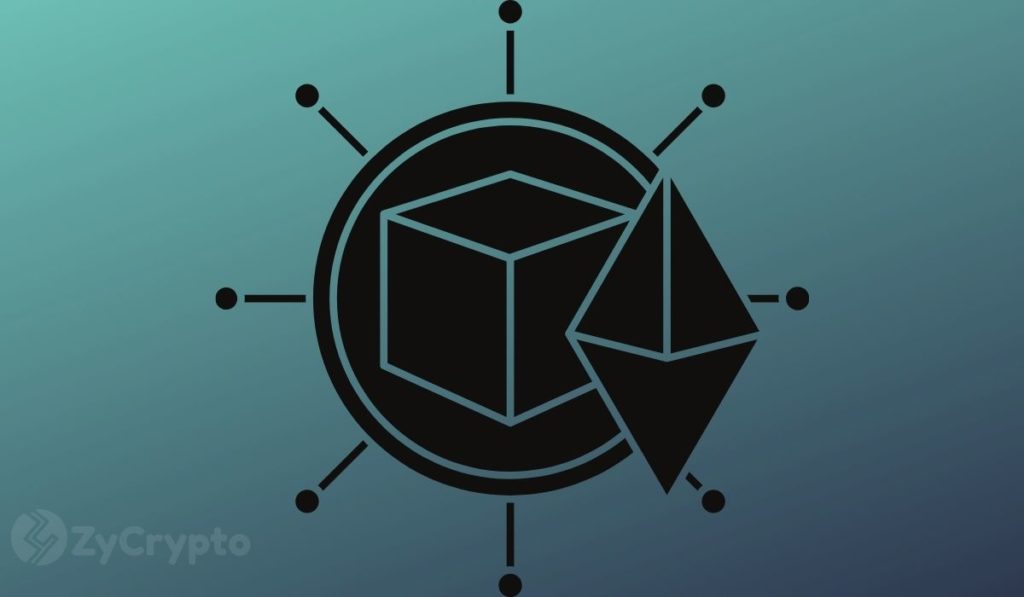2023-8-8 07:00 |
Over two years since Ethereum merged its proof-of-work layer with the proof-of-stake Beacon Chain via “The Merge,” the network has burned over half of all ETH issued. Ultra Sound Money data on August 7 shows that out of the over 6.5 million ETH published, the network has burned over 3.5 million ETH.
At the current pace, Ethereum is torching around 1.75 million ETH annually, leading to a decrease in supply by approximately 0.98%. Technically, the platform is becoming slightly deflationary since the circulating supply of ETH is shrinking over time as the network actively burns coins.
Ethereum’s Path To Becoming DeflationaryWhen writing on August 7, Ethereum had a total supply of over 120.2 million, and more ETH will continue to be issued as the platform inherently follows an inflationary model, producing around 580,000 ETH annually, as indicated by on-chain data.
The ultimate objective is for Ethereum’s coin burning rate to outpace issuance, effectively transforming ETH into a deflationary asset, a concept fervently endorsed by Ethereum enthusiasts as “ultra sound money.” Although this ideal is not yet fully achieved, Ethereum has been gradually moving closer to this ideal since merging and integrating a proof-of-stake consensus system on September 14, 2021.
The Merge coincided with a bullish cycle that propelled ETH and altcoin prices to historic highs. At peaks in 2021, ETH soared to an all-time high of around $4,900. However, the subsequent cooling of prices in 2022 adversely impacted decentralized finance (DeFi) and non-fungible token (NFT) trading activities, as on-chain data reveals.
ETH Transfers, OpenSea, Uniswap Are Big ContributorsEthereum’s coin burning predominantly stems from ETH transfers, but substantial burns result from smart contracts’ activities. To illustrate, platforms like OpenSea, the NFT marketplace, and Uniswap, a popular decentralized exchange on Ethereum, drive burning activity. Moreover, transfers of ERC-20 USDT, a stablecoin, continue to dose ETH burning.
Ethereum started burning a portion of gas fees following the activation of the London hard fork in August 2021. The hard fork implemented five other enhancements, but the execution of the Ethereum Improvement Proposal (EIP)-1559 was critical.
With EIP-1559, the network aimed to enhance transaction flow by establishing a base fee for transactions and expanding block sizes to improve scalability. By setting a base fee for transactions, Ethereum shifted from the previous bidding approach, ensuring that any transaction can be included in the next block. Still, gas fees in the network remain one of the highest across the crypto sphere.
origin »Project Merge (MERGE) на Currencies.ru
|
|




